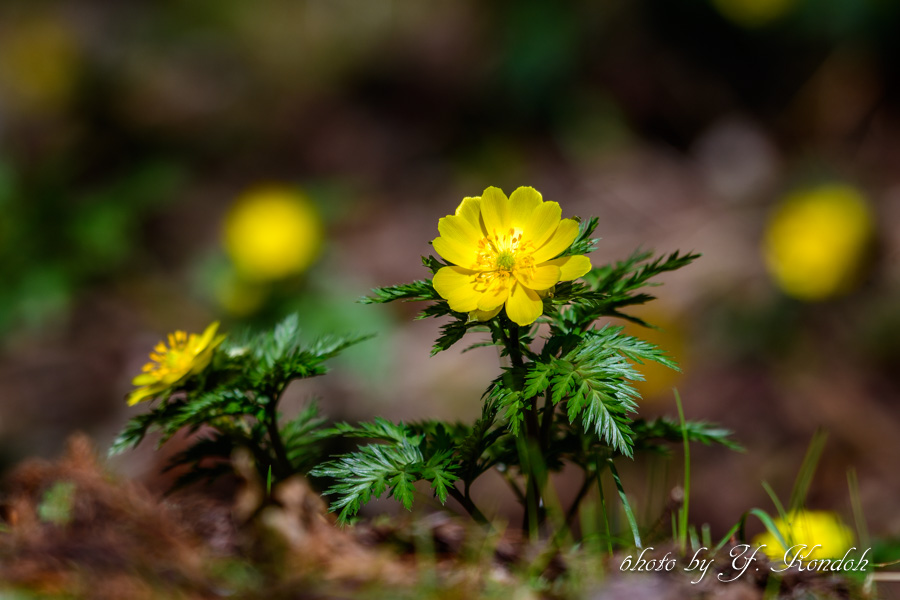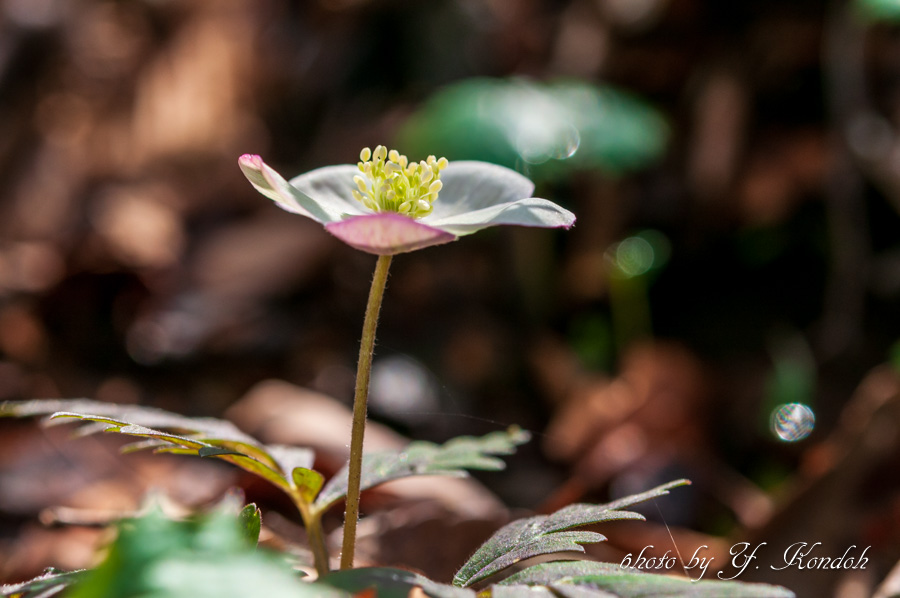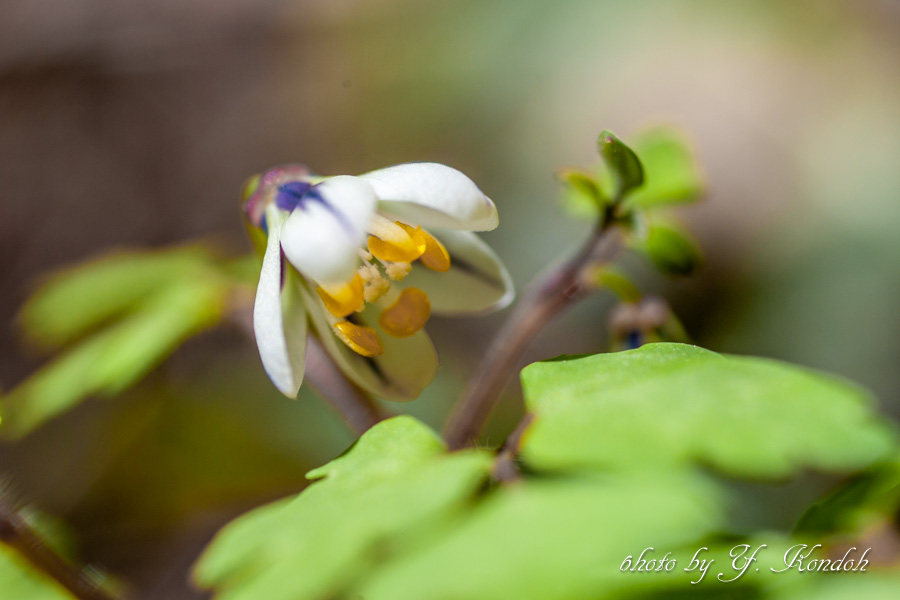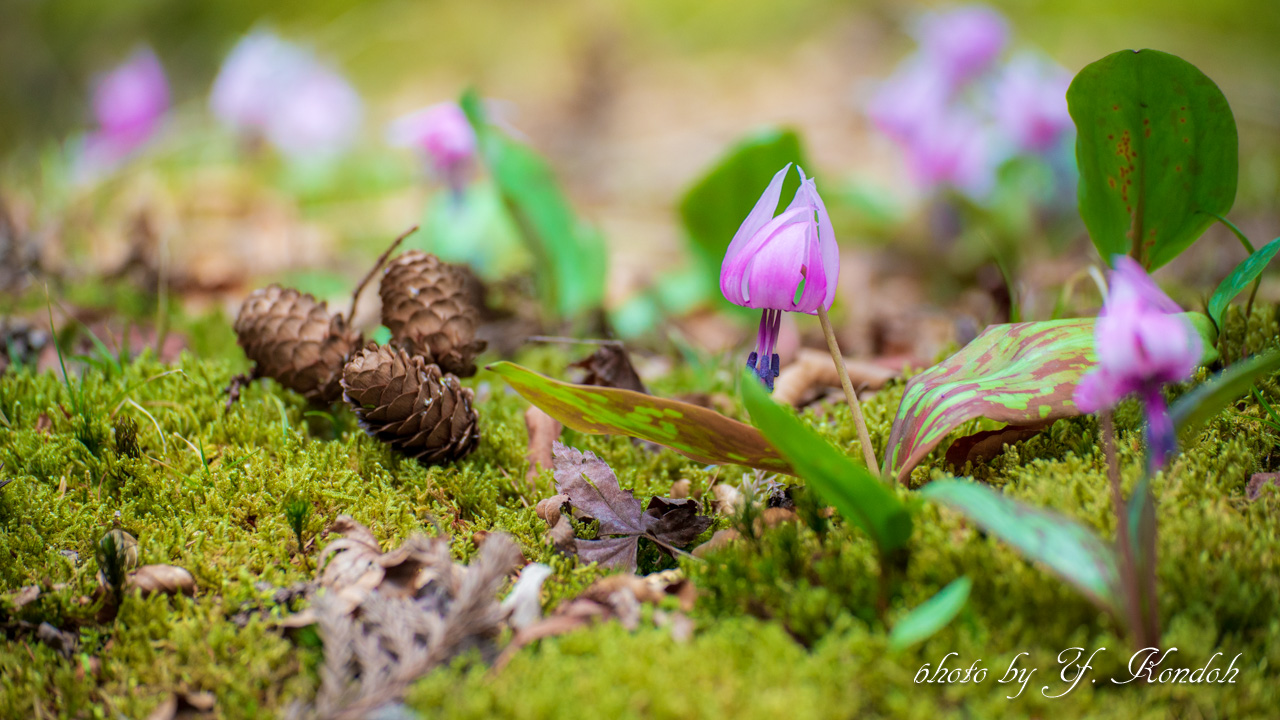The Fairy of Spring
この記事の日本語バージョンはこちらです。
In deciduous broad-leaved forests, the trees that were thick and lush in summer become light by shedding all their leaves by winter.
And after a harsh winter, the cold begins to ease.

From early spring when there are no leaves yet and into spring, the sunlight passes well and the inside of the forest and woods becomes surprisingly bright.
At this time of every year, which also coincides with snowmelt, on the forest floor covered with fallen leaves, plants that herald spring are quietly preparing to bloom beautiful flowers underneath the fallen leaves while feeling the warm sunlight.
By the time the snow has completely disappeared from the forest floor, the plants that have stored enough energy to bloom have all opened their buds all at once, bursting into bloom in an instant, as if they are enjoying the fleeting spring.
Then, for a brief moment, the forest floor becomes a colorful and dazzling paradise of the forest.

However, only ephemerally, these flowers quickly fade away leaving only leaves behind.
They hurry up photosynthesis and then their leaves wither by the time summer becomes full-fledged, and these early spring plants will erase their traces from above ground.
Until the next spring, they spend most of a year underground with only rhizomes or bulbs.
These forest-floor perennial plants with such a life cycle are collectively called “spring ephemerals”.
“Ephemeral” is an emotional word that means “fleeting, short-lived, momentary.”

In English, more objective and less emotional adjectives such as “momentary” or “short-lived” are used when simply referring to “fleetingness” or “transience.”
On the other hand, the adjective “ephemeral” is an artistic or literary expression that carries a positive connotation of accepting the brevity of existence in life or living things.
For instance, there may be something in common with what Japanese people feel about cherry blossoms’ “ephemerality”.
In other words, it is a word that suggests “the beauty of fleetingness”.
The literal translation of “spring ephemeral” is “the fleeting things of spring.”

In Japanese, it is sometimes translated as “spring plants,” but this objective and materialistic expression does not seem to have been widely accepted. (Another term used is “early spring plants,” but it seems to have a slightly more interesting connotation.)
Rather, many people prefer and commonly use the expression “Fairy of Spring”.
This expression is very emotional and appeals to the sensibilities of Japanese people; I am sure I am not the only one who thinks so.
Although it is a paraphrase, I think it succinctly expresses the charm of these plants.
Once you are enchanted by them, you will never stop being an observer for life.





コメント